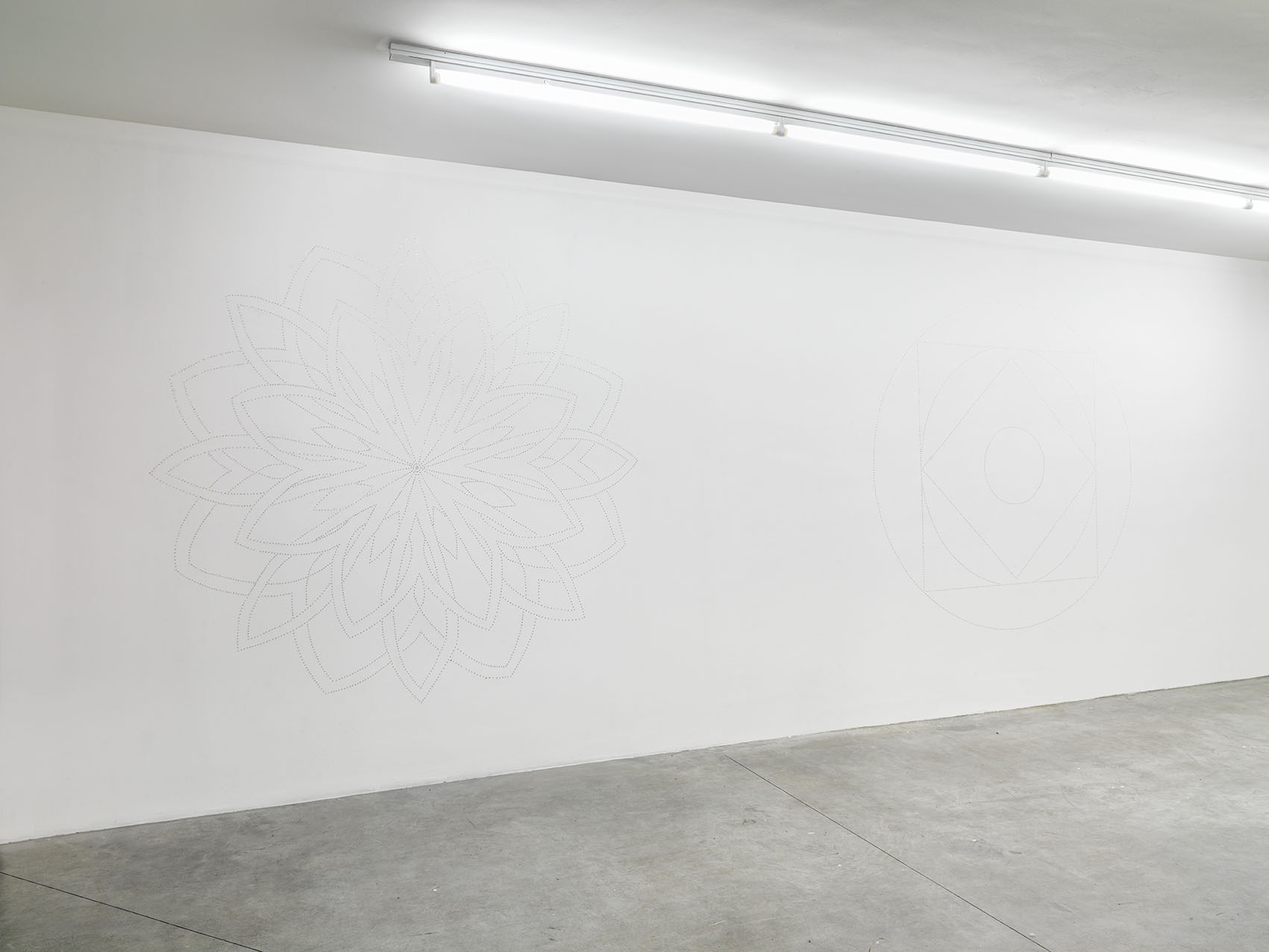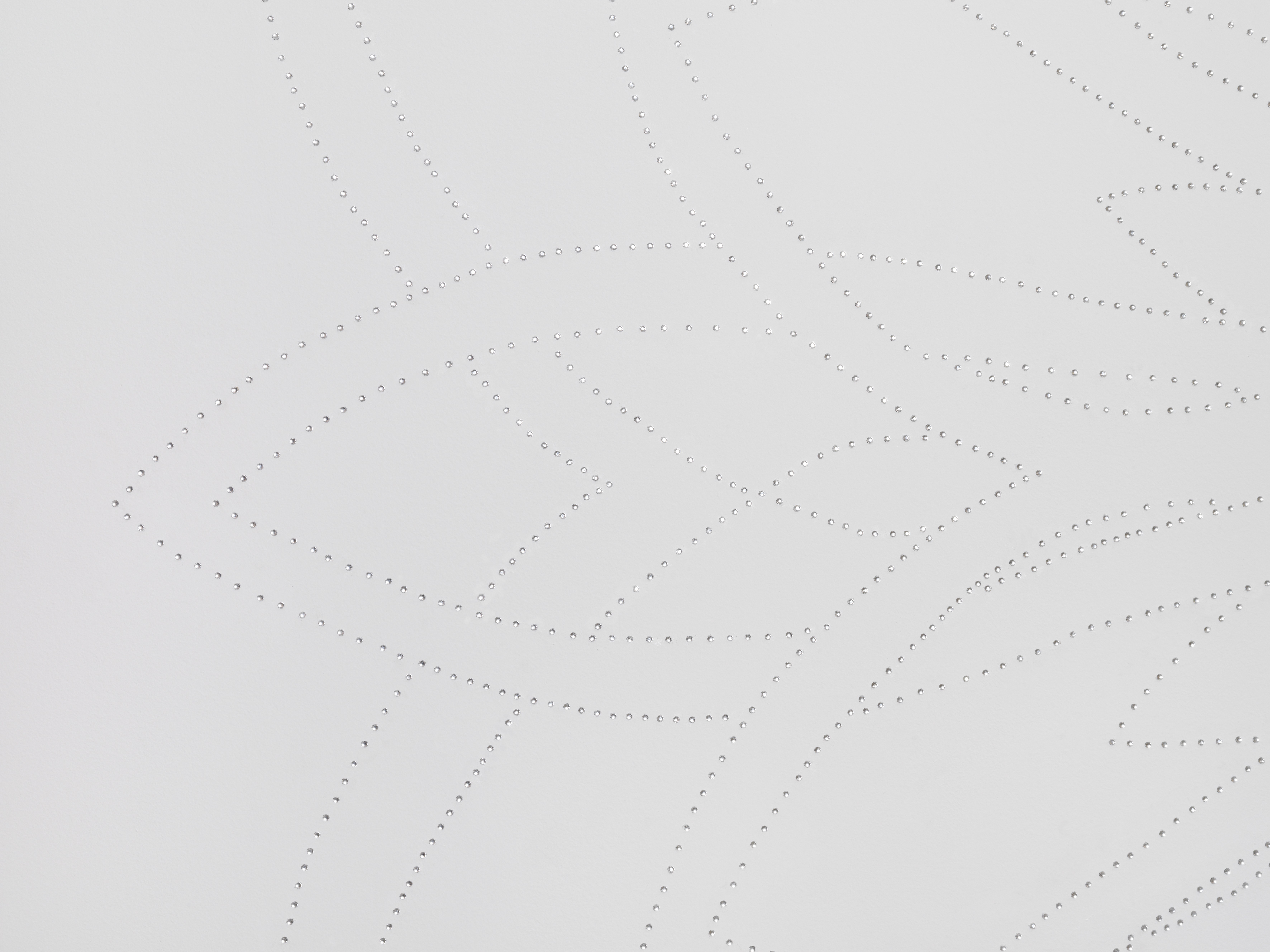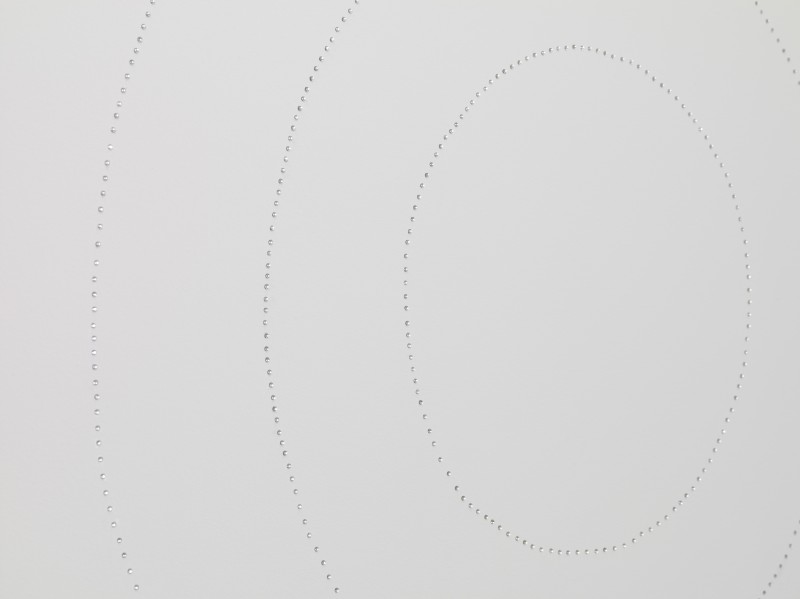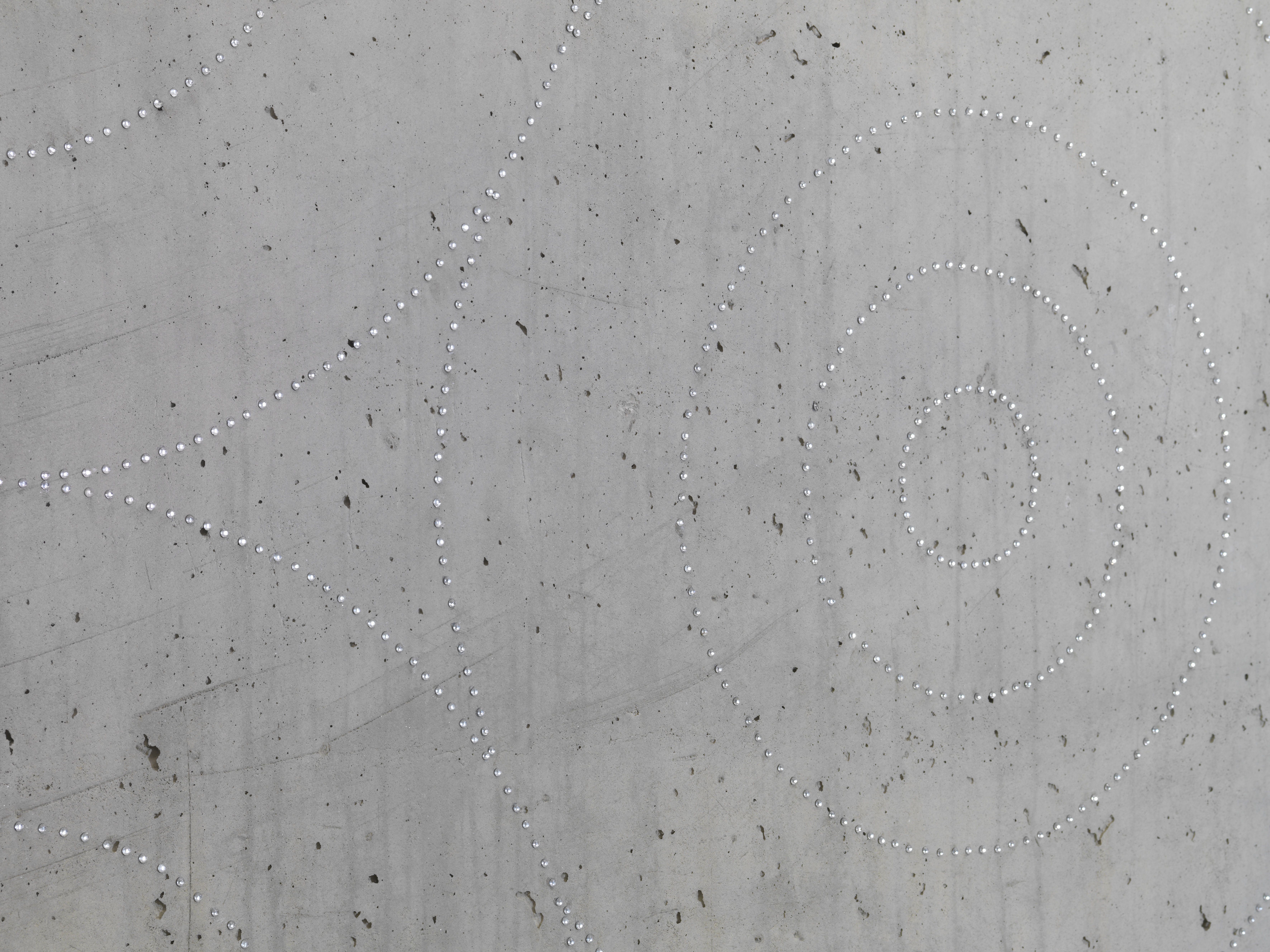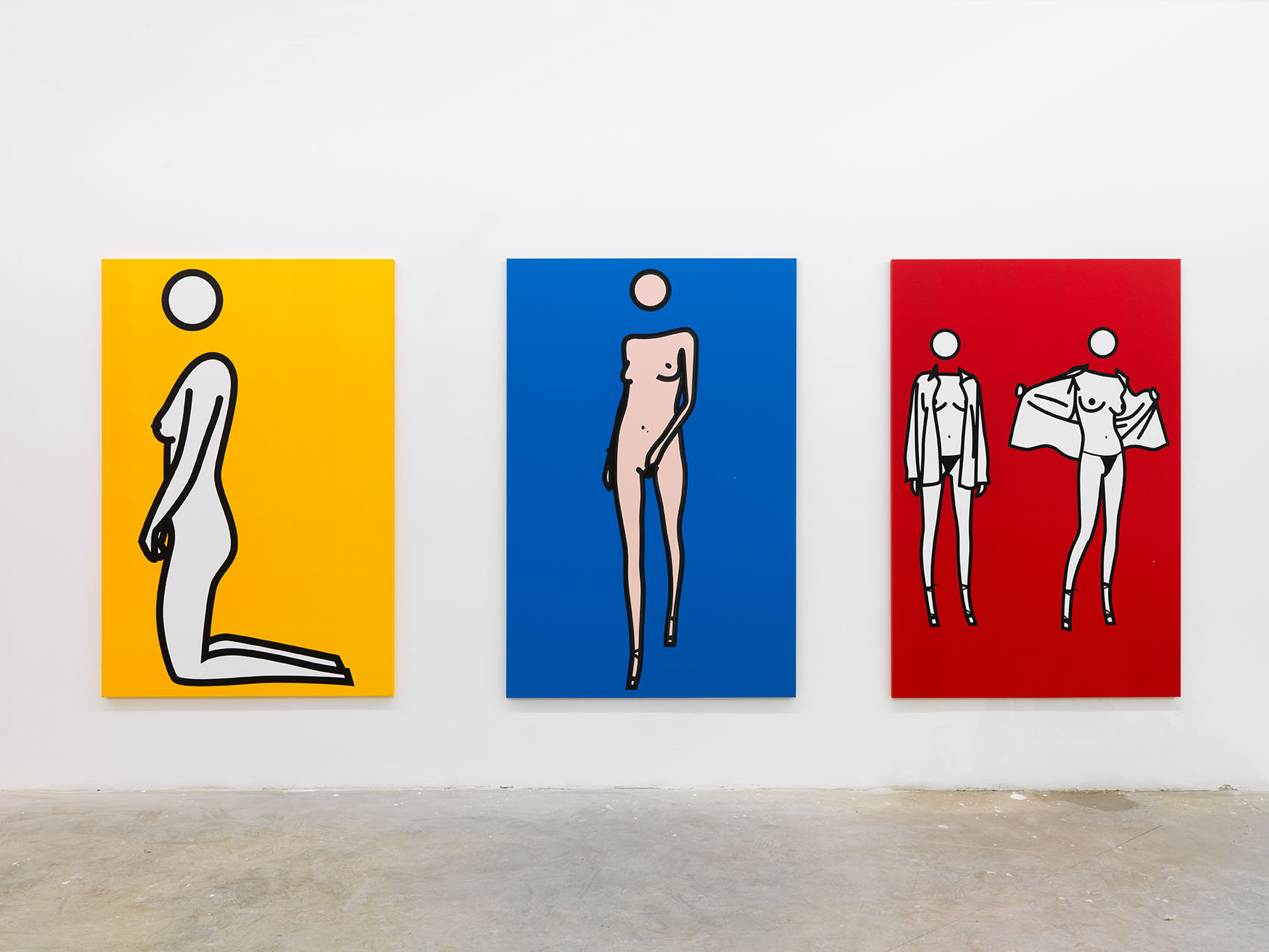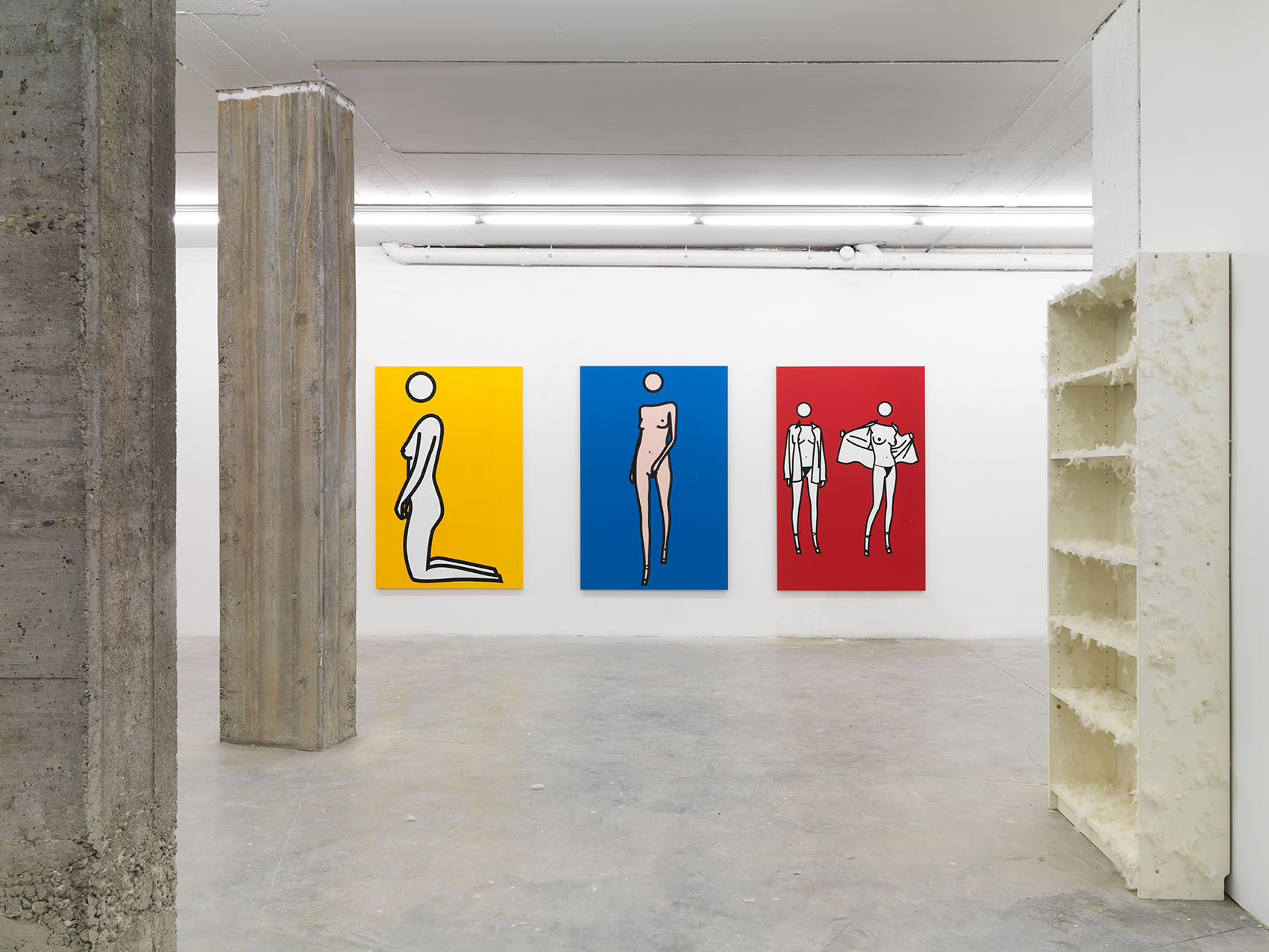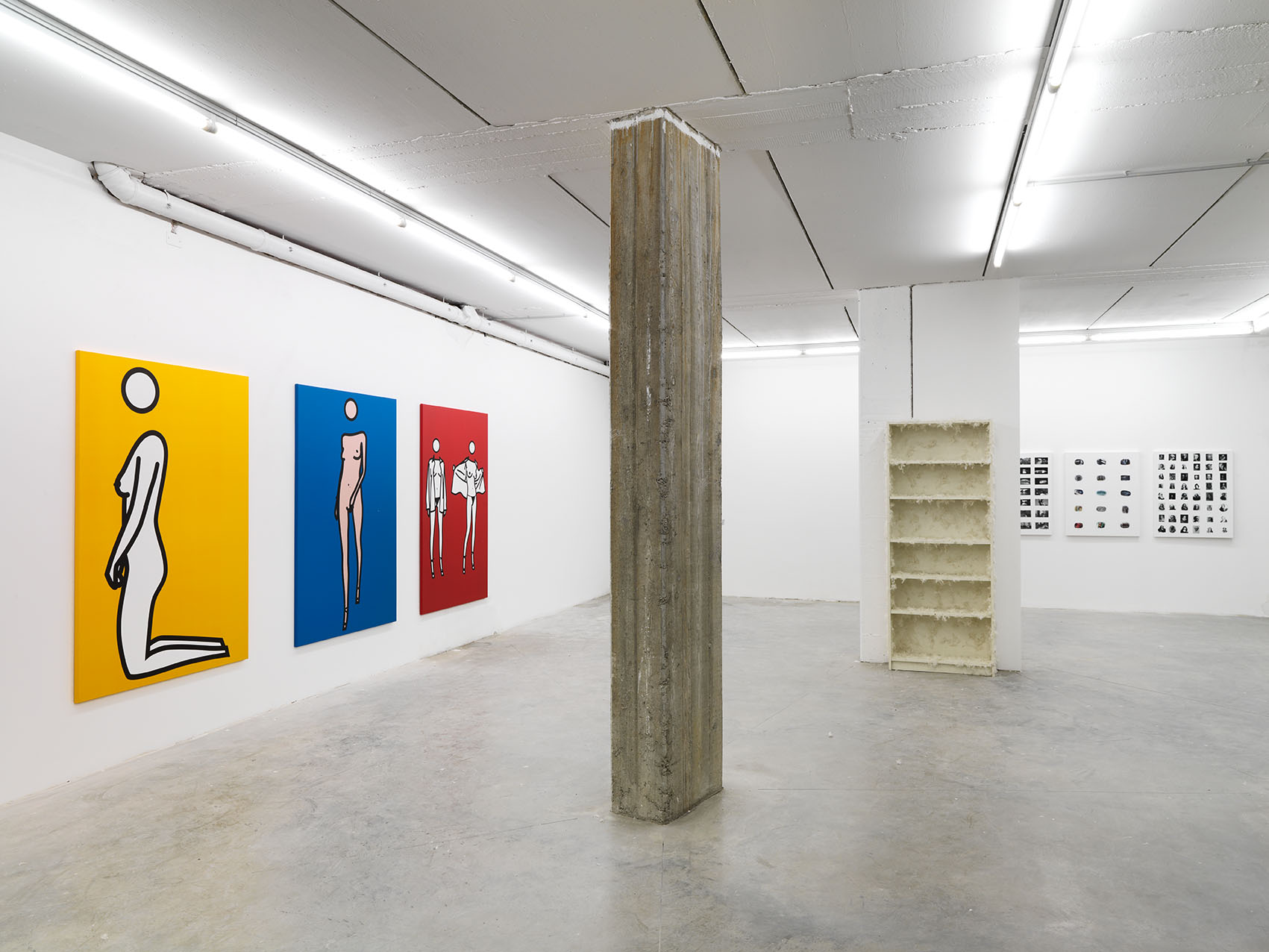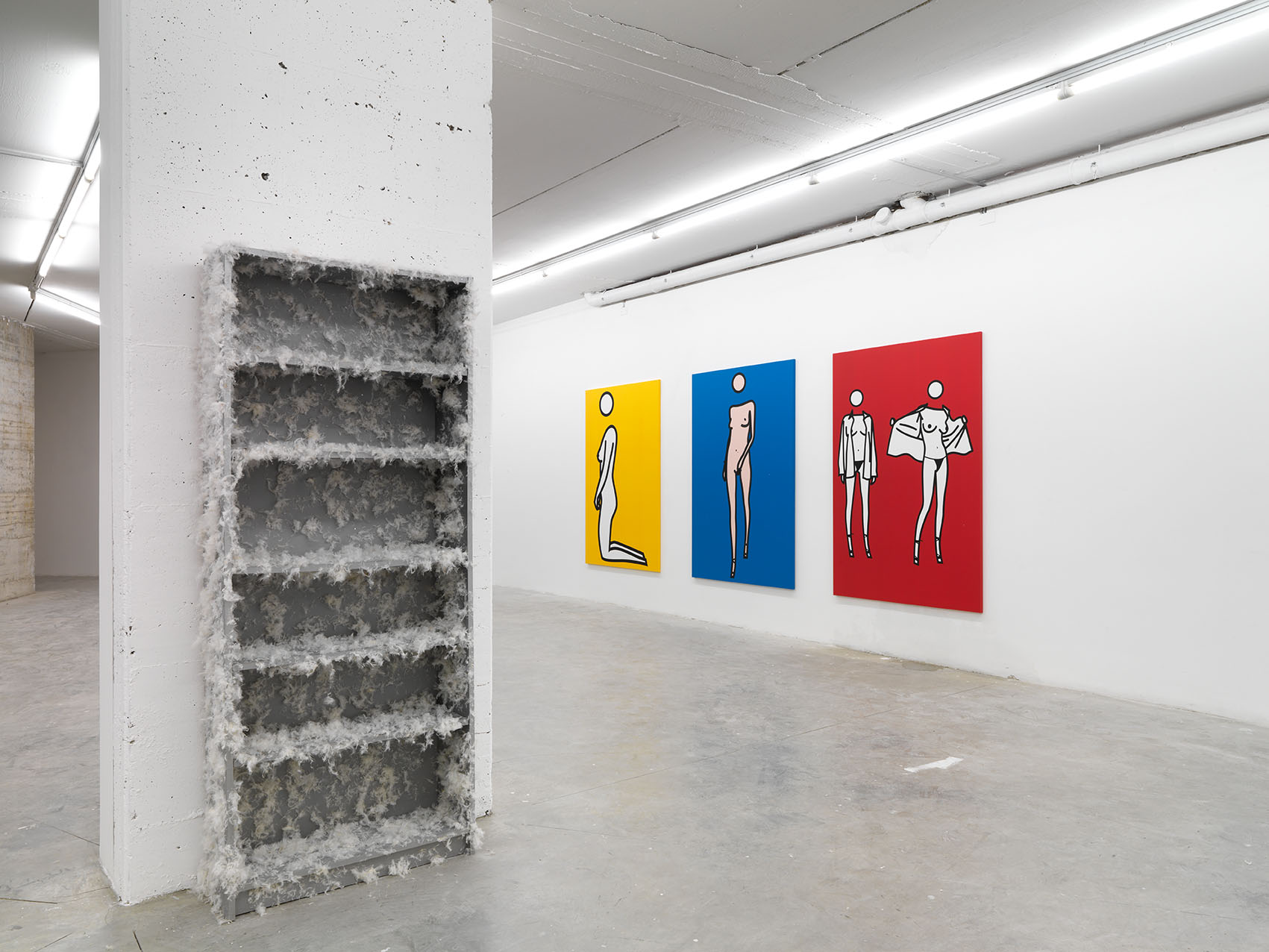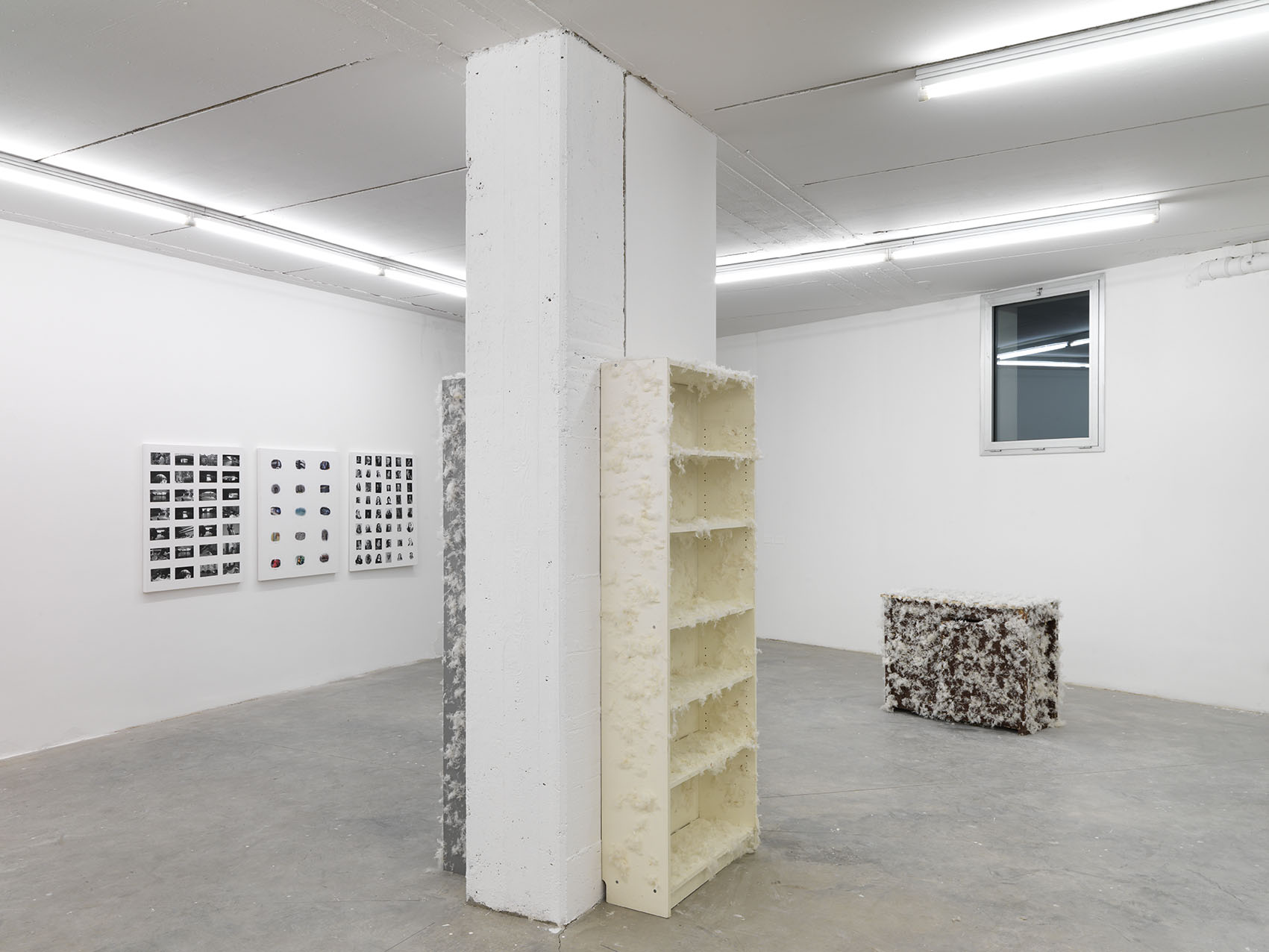Kaspar Müller
Allegiance and Oblivion
October 24 – November 22, 2014
Kaspar Müller, Allegiance and Oblivion, 2014, installation view, Galleria Federico Vavassori, Milan
Kaspar Müller, Allegiance and Oblivion, 2014, installation view, Galleria Federico Vavassori, Milan
Kaspar Müller, Allegiance and Oblivion, 2014, installation view, Galleria Federico Vavassori, Milan
Kaspar Müller, Allegiance and Oblivion, 2014, installation view, Galleria Federico Vavassori, Milan
Kaspar Müller, Allegiance and Oblivion, 2014, installation view, Galleria Federico Vavassori, Milan
Kaspar Müller, Allegiance and Oblivion, 2014, installation view, Galleria Federico Vavassori, Milan
Kaspar Müller, Allegiance and Oblivion, 2014, installation view, Galleria Federico Vavassori, Milan
Kaspar Müller, Allegiance and Oblivion, 2014, installation view, Galleria Federico Vavassori, Milan
Kaspar Müller, Allegiance and Oblivion, 2014, installation view, Galleria Federico Vavassori, Milan
Kaspar Müller, Allegiance and Oblivion, 2014, installation view, Galleria Federico Vavassori, Milan
Kaspar Müller, Allegiance and Oblivion, 2014, installation view, Galleria Federico Vavassori, Milan
Kaspar Müller, Allegiance and Oblivion, 2014, installation view, Galleria Federico Vavassori, Milan
- 2025
-
2024
-
Giangiacomo Rossetti
Squeeze
November 29, 2024 - January 10, 2025 -
Ganz kleine
November 6 - November 22, 2024 -
Kaspar Müller
when we turn, we reappear
September 18 - October 18, 2024 -
Gianni Piacentino
June 25 - July 25, 2024 -
Vincent Murnaghan
Tuscan Landscape Painting
May 22 - June 18, 2024 -
claude rutault
March 12 - April 26, 2024
-
-
2023
-
The 3-second rule of thumb
Curated by Kaspar Müller
December 15, 2023 - February 2, 2024 -
Daniele Milvio
Le Faremo Sapere.
September 21 - October 27, 2023 -
Charlemagne Palestine, C'ERAA UNAAA VOLTAAA CHARLEWORLDDD
June 6 - July 7, 2023 -
Bill Hayden
café Uranus
May 4 - 31, 2023 -
Gianni Piacentino
March 22 - April 23, 2023
-
Emil Michael Klein
January 17 - February 17, 2023
-
-
2022
-
Osama Al Rayyan
knights
November 9 - December 16, 2022 -
Rochelle Goldberg
Ghost Centrale
September 16 - October 21, 2022 -
Beatrice Marchi
Who crushed the Evil Turtle?
June 8 - July 29, 2022 -
Kaspar Müller
Maintenance 2
March 30 - May 13, 2022 -
6 Bagatelles
Osama Al Rayyan
Beatrice Marchi
Daniel Murnaghan
Matthew Pang
Giangiacomo Rossetti
Cinzia RuggeriFebruary 15 - March 18, 2022
-
- 2021
-
2020
-
PaJaMa (Paul Cadmus, Jared French, Margaret Hoening French)
September 25 - November 15, 2020
-
Jared Madere
In the back of the restaurant I made him kiss the ring: Haunted House in the Key of New Years
Paths to G-ddess~ Tiny Dick Timmy Ricochet~ Live from the Geomancer’s Clit Ring
You say one thing and everyone acts like you don’t mean the opposite of it at the same time tooFebruary 13 - March 27, 2020
-
-
2019
-
Renata Boero
Tempo e Tempi
November 15, 2019 - January 10, 2020 -
Doriana Chiarini
IN GRANDE! Scultura a dismisura
Curated by Mariuccia CasadioSeptember 18 - October 31, 2019
-
Cinzia Ruggeri
la règle du jeu?
June 25 - August 9, 2019 -
Genoveva Filipovic
May 14 - June 20, 2019 -
Emil Michael Klein
Curtains
March 15 - April 19, 2019 -
Daniel Murnaghan
February 8 - March 9, 2019
-
-
2018
-
Dario Guccio
Urnas plebeyas, túmulos reales
December 14, 2018 - January 25, 2019 -
Michael Pollard, Eric Schmid
Life is good
October 26 - November 24, 2018 -
Daniele Milvio
A Milano non si usa
September 14 - October 12, 2018 -
Tra l'inquietudine e il martello
July 16 - August 11, 2018 -
Rochelle Goldberg
1000 "emotions"
May 25 - June 30, 2018 -
Green Tea Gallery at Federico Vavassori
Amore Atomico di Amore di Lava
Curated by United BrothersApril 18 - May 19, 2018
-
Bill Hayden and Greg Parma Smith
Legend of Festival and Enclosure
March 16 - April 15, 2018 -
Cinzia Ruggeri
Umbratile con Brio
Curated by Mariuccia Casadio
February 9 - March 10, 2018
-
-
2017
-
Kaspar Müller
Maintenance
December 21, 2017 - January 27, 2018 -
Lisa Ponti
IL
FOGLIO
È UNA STANZA
CHIUSA
MA
MERAVIGLIOSASeptember 15 - October 14, 2017
-
Genoveva Filipovic & Daniel Murnaghan
May 25 - July 1, 2017 -
Rosa Aiello
27 seasons
March 29 - April 29, 2017 -
Giangiacomo Rossetti
KRIS
February 16 - March 18, 2017 -
Matthias Gabi
January 12 - February 11, 2017
-
-
2016
-
Matthew Watson
Surplus to Requirements
November 25 - December 23, 2016 -
Dario Guccio feat. Andrea Cleopatria
Referendum sull'aeroplano
October 25 - November 19, 2016 -
Erika Landström
CONTROL I'M HER
September 9 - October 8, 2016 -
Benjamin Horns
May 25 - June 25, 2016 -
Emil Michael Klein
April 06 - May 14, 2016
-
-
2015
-
Daniele Milvio
Cacafoco
November 9 – December 5, 2015 -
Matteo Callegari
September 17 – October 24, 2015 -
Rochelle Goldberg
The Cannibal Actif
June 5 – July 4, 2015 -
Mélanie Matranga / Oliver Payne
Organized by Fredi Fischli and Niels Olsen
April 10 – May 9, 2015 -
Dario Guccio
Hammer, Chewing Gum, Evasion, Destruction
January 16 – February 14, 2015
-
- 2014
- 2013
- 2012
- 2011
KASPAR MÜLLER
ALLEGIANCE AND OBLIVION
October 24 - November 22, 2014
«Allegiance and Oblivion» is Kaspar Müller’s first solo exhibition at the gallery; also it launches the program of the new location in via Ventura 6.
The exhibition offers a continuation of the artist’s research around the migration of meanings and values commonly attributed to images and objects. Articulated on the two floors of the gallery, it gathers a wide arrangement of artworks: at first glance, the works give themselves to the viewer in the shape of icons or constellations of symbols; more vaguely, they operate as devices that expand in space and time, to suggest alternative scenarios of dispersion and recapture. The title itself is meant to suggest a dialectical friction between a loyalty to the codes of cultures as of art (allegiance as devotion) and a reality of things which, alas, we are not able to grasp and rather constantly fail to achieve (oblivion, as amnesia, but also nothingness, silence). Exhibited in the basement, the work which gives the exhibition its title—Allegiance and Oblivion (2014)—features thirty-six portraits of historical figures whose action or thought nourished the human faith in the idea of progress: characters who can be recognized by the vague memories of school days, undisputed bastions of human culture; all gathered together, they rather raise a cacophony of individualisms and believes and doctrines that force that culture into indistinctness, or the vanity of the mere exercise of memory and recognition. In the work, history’s exquisitely com- piling ethos is deprived of any sense of reasonable evolution; indeed, it exists only to make up for abeyance—in a vein of pure negative dialectics.
Müller often infuses his artworks with a certain black humor: some are conceived to comment on the creative process it- self and on creativity as a palliation of the effects of capitalist economy in sociocultural contexts such as the Western one in which we find ourselves. A mode of the Müller’s process is indeed accumulation of objects and images, which are submitted to the viewer beyond any cataloging or order, but only and joyfully in their variety and heterogeneity. Works which develop into series—think of furniture such as wardrobes, bookcases, trunks, etc., of which three examples are presented in the exhibition (White shelf, 2014; Silver shelf, 2014; Trunk, 2014)—coexist with works that include series of objects and/or images—think of the crowns of blown glass bubbles that are, perhaps, Müller’s most iconic work; or of The treasures of memory (2014) presented on the ground floor, a crown of pearls and other precious which wraps the space as a subtle decoration.
In these works, a metonymic tension between the part and the whole, the single pearl and the whole crown, results, again, in a collection of individualities that the viewer can only experience in two ways: through the juxtaposition between the parts, hence the assertive exercise of com- paring the quality of each pearl; or the awareness of one’s own otherness in relation to the work, an entity alien to the viewer. These works are inclusive and engaging, but at the same they hint at the solitude as the work as of the viewer, both subjects doomed to wander among a multiplicity of status and contexts.
In order to emphasize this mutability of objects and images, and of men, whether they are artists or viewers, the exhibition includes works that evoke Müller’s past: a canvas shows stills from the video Colmar & Strasbourg (2010); another one features stickers of photographs taken during a trip to Trinidad, a hint to the exhibition «I was in Trinidad and learned a lot» housed at Francesca Pia gallery, in Zurich, in 2011. Three paintings, finally, winking at the iconographic style of British artist Julian Opie, cite Müller’s exhibition «I Shrunk the Kids» hosted in 2013 at the Kunsthalle Bern. As in Allegiance and Oblivion, these works do not stand for a masturbatory celebration of the artist’s production and career—of history more in general; they rather attempt at forcing the artist and the viewer to cohabit with the past. Artworks, exhibitions, such as the lives of individual, become codes themselves, symbols to be reinvented, in that virtual dimension hove- ring between reality and abstraction, which is memory in the present.
Michele D’Aurizio
